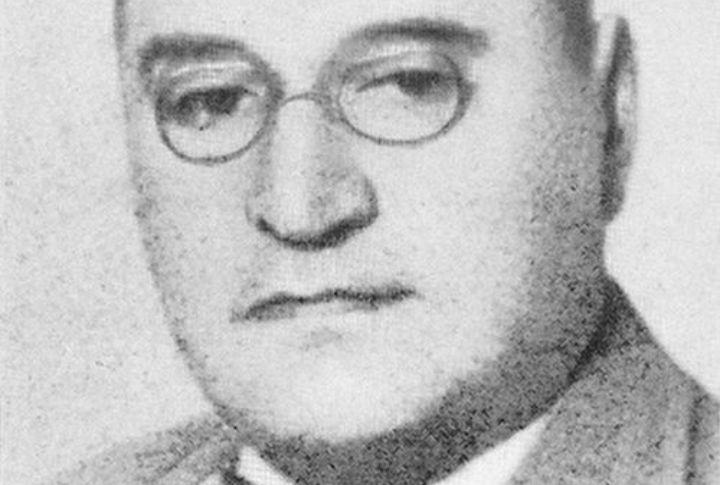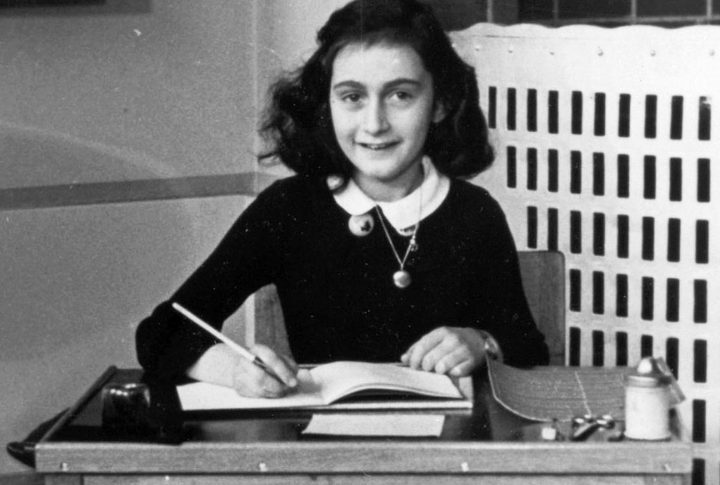
History remembers victors and villains, but many familiar faces vanished in the chaos of World War II—too soon and often without fanfare. Behind the headlines and battle lines, fame offered no shield. These 10 names left a mark before their final chapters were closed.
Leslie Howard (1893–1943)

The British actor best known for “Gone with the Wind” met a tragic end when his civilian plane was shot down over the Bay of Biscay. Hitler considered him a threat, and his death spurred rumors that he was working as a British spy. At the time of his demise, he was returning from a lecture tour.
Glenn Miller (1904–1944)

As America’s swing-era favorite, Glenn Miller led the Army Air Forces Band before vanishing mid-flight over the English Channel. He was en route to entertain troops in liberated France, but his plane disappeared without a trace. Miller held the rank of Major and was a vital morale booster. Conspiracy theories still surround his final flight.
Jean Moulin (1899–1943)

Jean Moulin played a major role in unifying the French Resistance under Charles de Gaulle’s command. Captured by the Gestapo and tortured by Klaus Barbie, he died while being transported to Germany. His sacrifice turned him into a national symbol of resistance. Moulin remains enshrined in French memory as a patriot and hero.
Etty Hillesum (1914–1943)

A Dutch-Jewish writer, Hillesum, voluntarily joined those deported to Westerbork to offer comfort. She was later sent to Auschwitz, where she was murdered. Her diaries, published posthumously, show remarkable spiritual resilience, and her voice continues to echo in Holocaust literature and philosophical studies.
Stefan Zweig (1881–1942)

An acclaimed Austrian-Jewish author, Zweig fled rising anti-Semitism and lived in exile across Europe and Brazil. Stricken by despair, he and his wife died by suicide in 1942. Zweig’s passing became a haunting symbol of cultural disillusionment. “The World of Yesterday,” which is his final book, mourns the loss of European humanism.
Prince George, Duke Of Kent (1902–1942)

The younger brother of King George VI died during a military flight in Scotland. His enlistment defied royal norms and highlighted wartime sacrifice at all levels. As the first royal to die in active service in five centuries, his death sparked intense speculation. Details of the crash remain classified.
Helmuth Hubener (1925–1942)

At only 17, Hubener became the youngest German to be executed for resisting the Nazis. He distributed anti-regime leaflets after listening to banned BBC broadcasts. In 1942, he was beheaded for treason. Today, he is honored as a powerful example of youth defiance and moral courage.
Dietrich Bonhoeffer (1906–1945)

Bonhoeffer, a Lutheran theologian, resisted Hitler through the Confessing Church and underground networks. He aided Jewish escapes and was eventually imprisoned and executed at Flossenburg just weeks before Germany’s surrender. His book, “The Cost of Discipleship,” remains an essential reading in Christian ethics, and his moral stance earned global reverence after the war.
Adam Czerniakow (1880–1942)

As head of the Warsaw Ghetto’s Jewish Council, Czerniakow faced impossible choices under Nazi demands. Rather than sign deportation orders that would send Jews to death camps, he took his own life. His diary is a chilling Holocaust record. Through his actions, the unbearable moral weight placed on Jewish leaders becomes evident.
Anne Frank (1929–1945)

Anne’s diary captured the inner world of a teenager hiding from Nazi terror in Amsterdam. Arrested with her family in 1944, she was eventually sent to Bergen-Belsen, where she died of typhus. Her words endure as symbols of resilience and lost potential. The world reads her story in over 70 languages.

